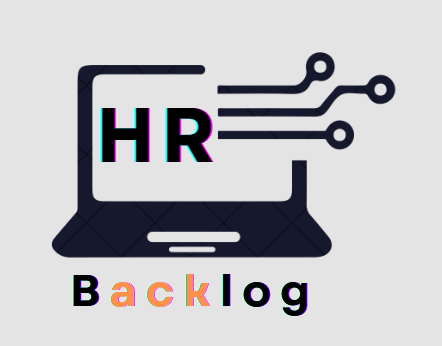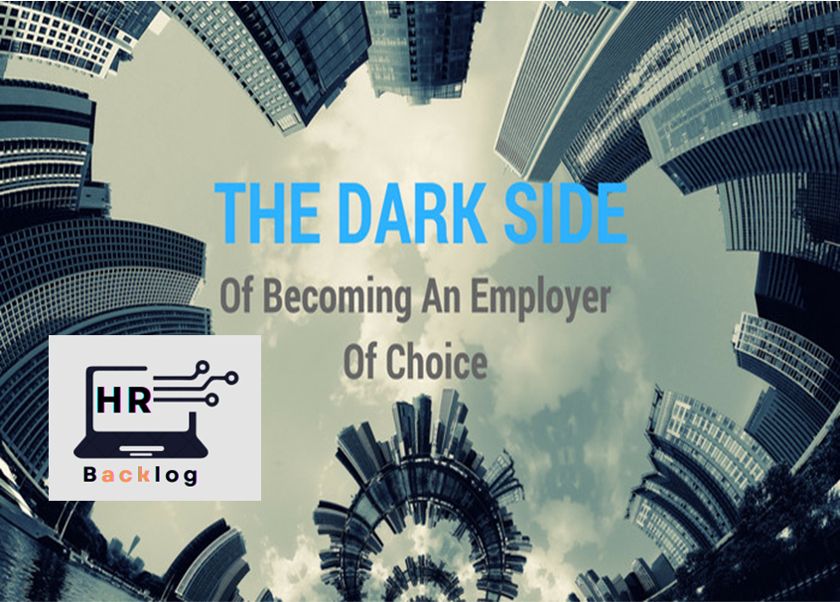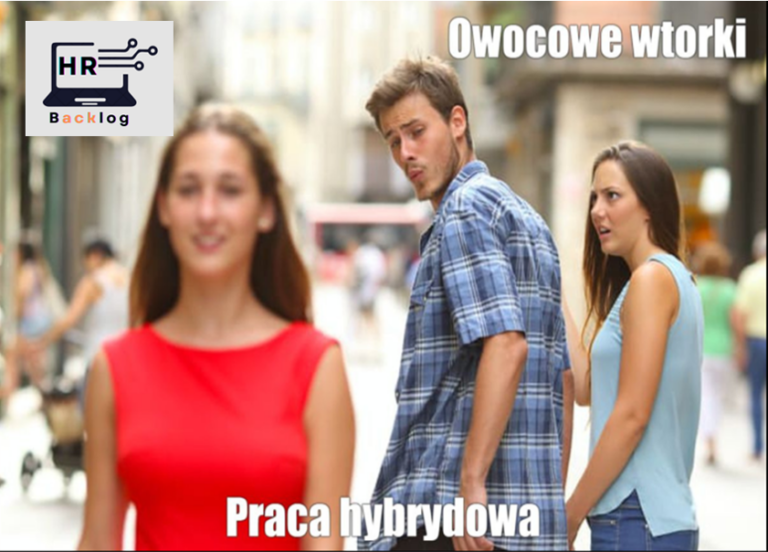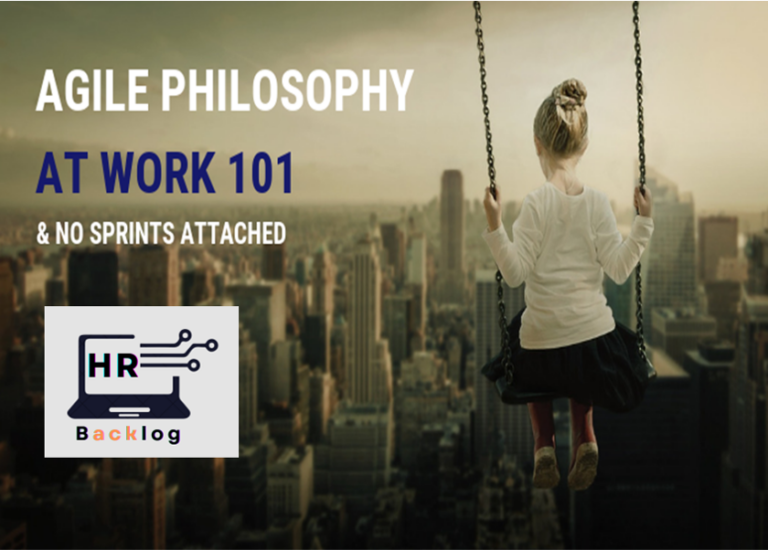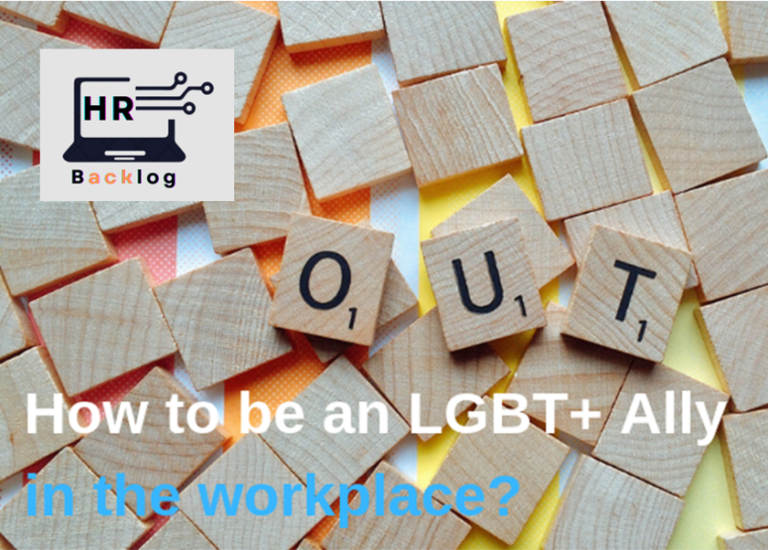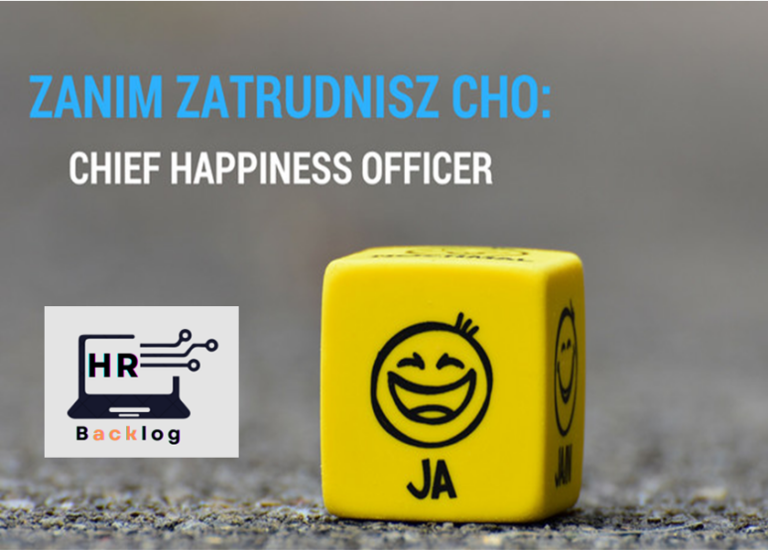The Dark Side Of Becoming An Employer Of Choice
Artykuł oryginalnie opublikowany na gethappy.com.
Becoming a great workplace, the best company to work for – these are admirable goals. It seems they have naturally evolved from the idea that it is people who build company success.
These goals also seem to be in line with trending positive psychology: we aim to build engaging workplaces, ensure the right positivity ratio and cater for wellbeing. All in all, we try to make average people’s workdays a little bit better. But can there be a dark side to this?
When it comes to employer branding and attracting the best possible employees, there’s an often missed negative aspect. In the war for top talent, we run the risk of measuring the quality of a workplace environment based on superficial qualities and perks instead of something more profound. And the risk increases as our talent pool shrinks. As a result, we end up building only the image of a great workplace, instead of a truly motivating and engaging one.
The difference is substantial – and it does not come down to the theoretical distinction between the two, but to the long term consequences. As a result of focusing solely on becoming an attractive employer you will surely experience these problems:
- employing “gold-diggers” disguised as engaged enthusiasts,
- experiencing higher turnover as soon as a new top employer comes to town,
- having an even worse problem – the unnatural retention of actively disengaged employees.
To avoid these problems and build a truly engaging workplace, here’s where you need to focus your attention:
Motivating vs. attractive: spotting the difference
The difference between a motivating and an attractive workplace is strongly connected to the distinction between internal and external motivation. It is widely acknowledged that internal motivation is a key driver of employee engagement.
But let’s try a different perspective, to give more depth to the discussed issue, which is the difference between meaningful and pleasant work. It is time to take Marshall Goldsmith’s MOJO off the shelf once again. In a very simple and convincing way, Marshall Goldsmith shows that basically all activities can be described by two characteristics: long-term benefit (meaning) and short-term satisfaction (momentary happiness, joy). We are thriving and experiencing real fulfillment when the activities we’re engaging in are both meaningful and pleasant.
Similarly, Canadian psychologist and researcher Paul Fairlie has referred to meaningful work as a “sleeping giant”, the most underrepresented work characteristic which is, at the same time, the most powerful driver of employee wellbeing. Although he is referring to work activities, we can rely on this theory to describe organizational culture and work the environment itself.
What describes your organizational culture?
Organizational culture that is based on meaningful goals enhances internal motivation, helps strengthen employees’ will and fosters the ability to delay gratification. Typically, a pleasant and joyful work environment, although filled with positive emotions, can dangerously undermine employee engagement. That is because it promotes instant gratification, which is related with low effort and low motivation.
To identify whether or not your company has been focusing too much on promoting a positive image rather than creating purpose in the workplace, consider these questions:
- Do you list every possible perk or engagement activity on your career site, or do you surprise your newcomers with additional extra ones as they explore your work environment?
- Did you come up with a list of perks/engagement activities to lure candidates, or have they appeared gradually, as a result of organizational changes?
- Do you often benchmark your perks list against competing employers?
- Do you spend more time preparing perfect welcome packs or analyzing newcomers’ opinions?
- Did you spend more time on planning a quarterly party (or similar) or on teaching managers how to deliver one-on-one meetings?
- Which question seems more valuable to you/leaders in employee opinion survey: I can use my strengths every day or Overall, I am satisfied with the workplace?
- What is more important to leaders in your organization, your position in employers’ rankings or the results of exit surveys?
- Do you promote diversity among candidates or do you seek perfect profiles of people who have mastered personal branding techniques?
- Do you measure the use and effectiveness of different vouchers and bonus cards for employees?
Why is it so easy to lose sight of meaningful work?
It is difficult to build an actual great workplace environment instead of a cliché one because of the big changes that have shaped our society over the past years. Employers now have to use marketing techniques to get the attention of the right candidates, not only when the talent pool shrinks, but generally, because our minds are so used to advert-like language.
What is more, there has been a significant shift in the values, and work ethic that has characterized past generations of employees. For years now, Tim Kasser has been trying to prove that materialistic values dominate our lives in an increasing number of aspects – the consumer culture is trying to persuade people into thinking that becoming wealthy, famous and physically attractive will make us happy. But it doesn’t. In fact, having such goals makes us miserable in the long run.
Gradually, these values and mechanism of consumption creep into the workplace environment and disrupt organizational culture. First, it was just job adverts, then came internal marketing, and now employer branding. New generations of employees have more and more materialistic goals and that is one of the reasons why they expect fast-paced careers, pleasant surroundings, and a gym at work. And it is extremely hard not to follow their lead.
To balance the unfavorable changes, we should increase our awareness of what the actual needs of upcoming generations of employees are. We should be informed on findings of positive organizational psychology and research regarding wellbeing and non-materialistic values.
And we need to keep asking ourselves – does this change add any value to the workplace or does it just looks good?
Image licensed from Pixabay under C.C. 0.0 license.
